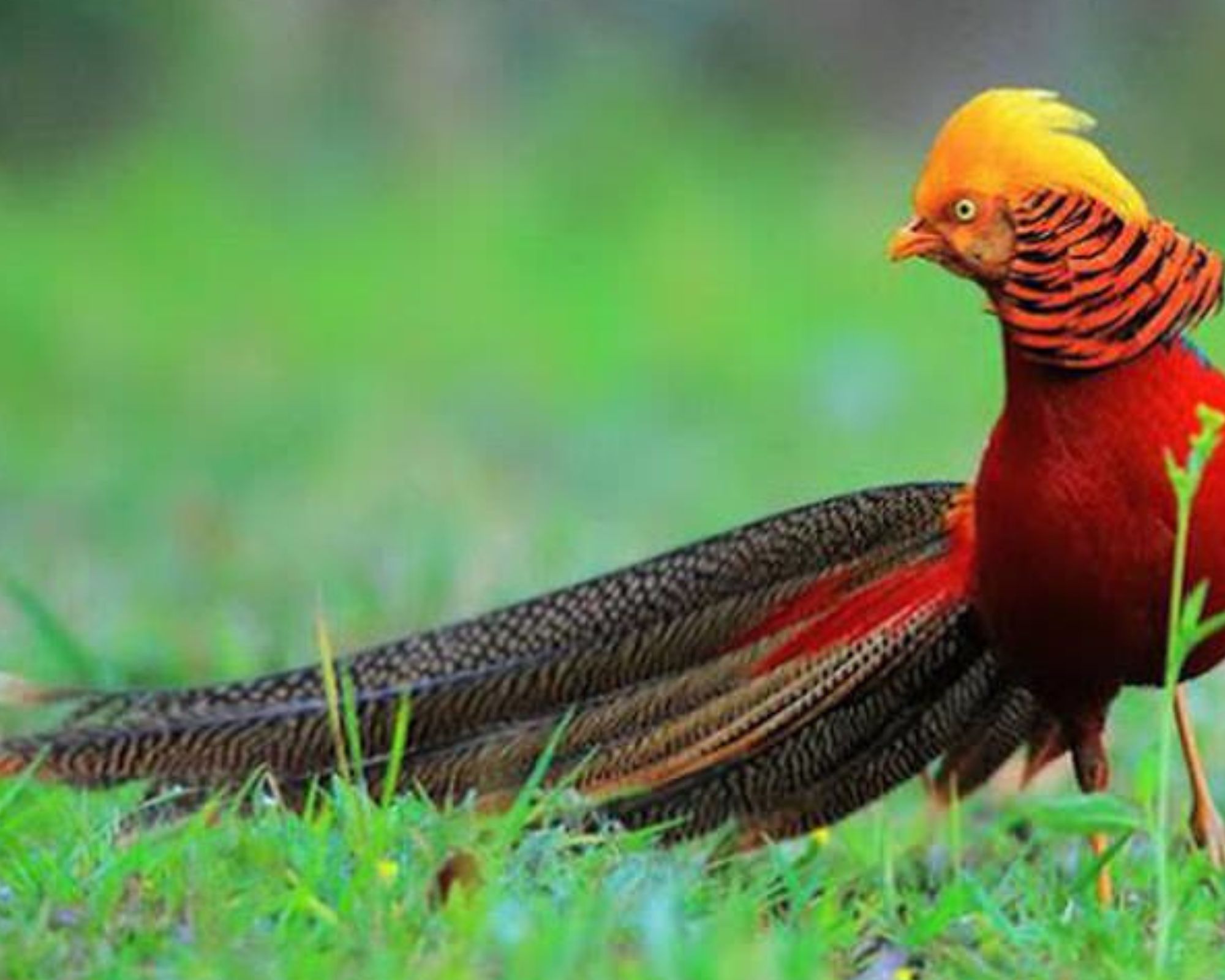Introduction
Birds, with their astonishing diversity of colors, shapes, and behaviors, have captivated human fascination for centuries. From soaring eagles to charismatic songbirds, our avian friends never fail to amaze us with their beauty and adaptability. In this article, we will embark on a journey to discover the top five birds in the world. Showcasing their unique characteristics, habitats, and the awe-inspiring marvels they bring to the natural world.
-
The Resplendent Quetzal (Pharomachrus mocinno)
Topping the list is the Resplendent Quetzal, an iconic bird revered by ancient civilizations and indigenous cultures alike. Found in the cloud forests of Central America, from southern Mexico to western Panama. Quetzel boasts striking emerald-green plumage, with a crimson breast and long, iridescent tail feathers. Their impressive tail can exceed twice the length of their bodies, making them a sight to behold.
Known for their majestic courtship displays, male quetzals perform acrobatic flights, showcasing their resplendent plumage to attract females during the breeding season. Revered as a symbol of freedom and wisdom, the quetzal holds immense cultural significance, making conservation efforts critical to ensure its continued existence.
-
The Harpy Eagle (Harpia harpyja)
Moving on to South America’s lush rainforests,
we encounter the Harpy Eagle, an apex predator known for its sheer size and power. This magnificent raptor possesses a wingspan of up to 7 feet (2.1 meters) and sharp talons that can grow up to 5 inches (13 centimeters) long, capable of exerting an astounding amount of force.
As an impressive predator,
The harpy Eagle preys on tree-dwelling mammals such as monkeys and sloths, earning its reputation as the “Monkey-eating Eagle.” Unfortunately, habitat loss and hunting have caused a decline in their populations, warranting conservation efforts to protect this awe-inspiring species.
-
The Wilson’s Bird-of-Paradise (Cicinnurus ResPublica)
Venturing into the lush rainforests of Indonesia, we encounter the resplendent Wilson’s Bird-of-Paradise, a master of courtship and ornate plumage. The male bird boasts a striking combination of bright turquoise, crimson, and yellow feathers, making it one of the most vibrant and sought-after creatures in the avian world.
The bird-of-paradise is known for its intricate courtship dance, where males display their extraordinary plumage and perform elaborate movements to attract potential mates. The ritualistic dance is a sight to behold, highlighting the remarkable beauty and complexity of the natural world.
-
The Atlantic Puffin (Fratercula arctica)
Leaving behind tropical regions, we head north to the Atlantic Ocean’s chilly waters, where we find the endearing Atlantic Puffin. Often referred to as “clowns of the sea,” these charismatic seabirds have striking black and white plumage, bright orange legs, and an unmistakable colorful beak.
Puffins are exceptional divers and can plunge into the water from considerable heights to catch fish, their primary diet. With their comical appearance and charming behaviors, they have become beloved symbols of wildlife conservation in several countries.
-
The Lyrebird (Menura)
Finally, we journey to the Australian rainforests to encounter the Lyrebird, a master of mimicry and song. This intriguing bird is named after its elaborate tail feathers, which resemble a lyre, a musical instrument from ancient times.
Lyrebirds are renowned for their astonishing ability to mimic various sounds, including chainsaws, camera shutters, and other bird species’ calls. Males use their mimicking prowess during mating displays to attract females. With habitat preservation and conservation efforts, these incredible songsters can continue to enchant us with their melodic talents.
Conclusion
From the awe-inspiring beauty of the Resplendent Quetzal to the mesmerizing mimics of the Lyrebird, the world of birds is truly a marvel to behold. These top five birds represent just a fraction of the diverse and captivating avian species found across the globe. By appreciating and conserving these magnificent creatures, we ensure that future generations can share in the wonder and enchantment they bring to the natural world.
